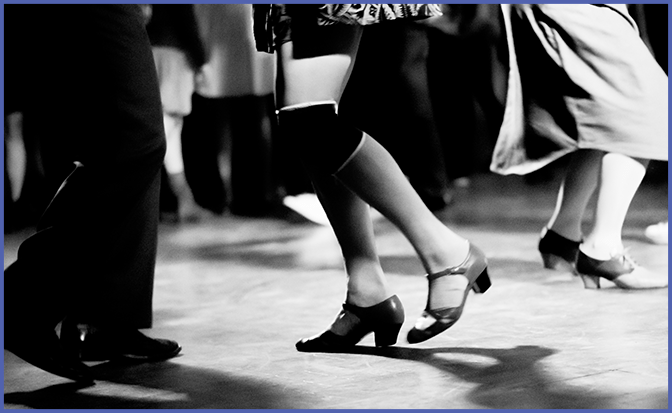Creating harassment-free troupes
Written by The SAFE Alliance
Even before the Harvey Weinstein revelations and the #MeToo campaign on social media, SAFE had already experienced an uptick in requests for consultation and training on sexual harassment and assault.
These requests came from a variety of groups, including yoga communities, theater collectives, workplaces, and dance troupes. In response, SAFE’s Community Education team created a training to specifically address sexual harassment prevention and responses.
A recent dance troupe training
At one such training, the goal was to help members of a dance troupe address sexual harassment in their community and learn how to foster healthier relationships among its members.
One challenging topic of discussion centered around defining consensual touch among dancers.
How do you let your dance partner know you don’t like to be held or touched in a certain way? What exactly have you agreed to, when you accept an invitation to dance?
Training participants gained practical skills around interruption techniques and learned effective communication strategies for addressing instances of sexual harassment on and off the dance floor.
We say “interruption” because, while the only person responsible for committing sexual harassment or assault is the perpetrator, everyone has the ability and responsibility to be an upstander and help to prevent it.
Seeing the success of trainings
During a round of introductions, one male participant expressed how astounded he was to hear that sexual harassment was happening around him during dance events. He said he had “no idea” until that moment.
“I just come to dance and have a great time,” he said.
By the end of the training, this same person said he would join his fellow dancers in seeking ways to create an environment of increased safety and respect, on and off the dance floor.
As Aretha says, “R-E-S-P-E-C-T – find out what it means to ME!” Now let’s dance…
SAFE’s Community Education team offers trainings and presentations about how to respond to sexual harassment in the workplace and other communities, as well as how to work towards building a culture of prevention.